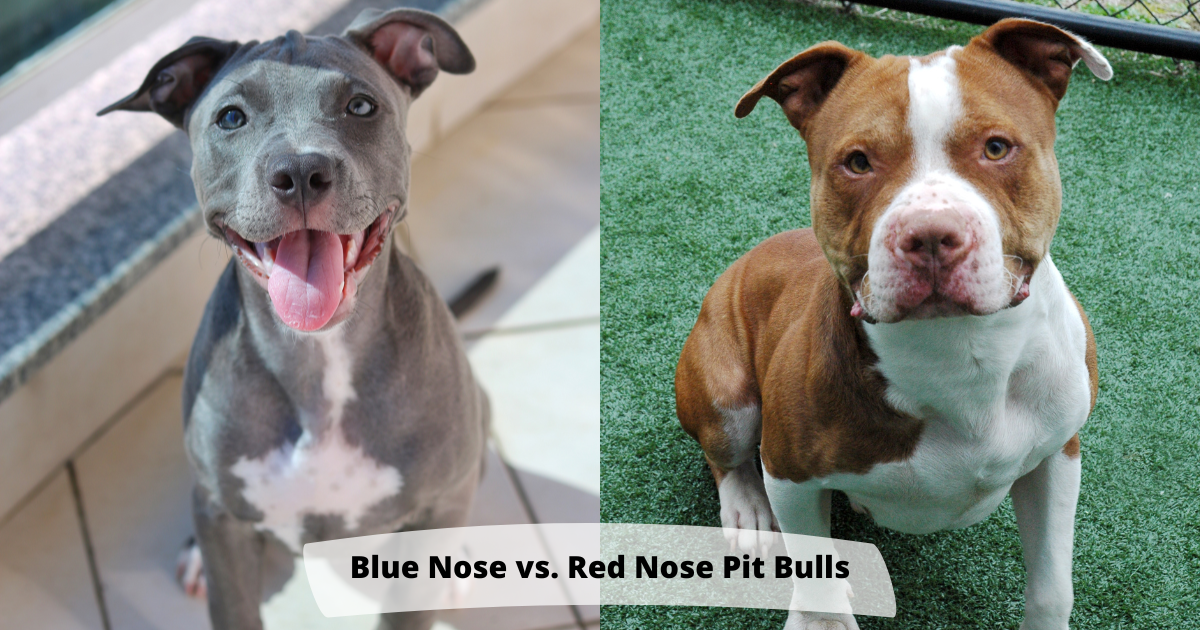Among the various types of Pit Bulls, the Blue Nose and Red Nose variations have captured the attention of dog enthusiasts. While both are Pit Bulls, they are distinct in appearance and possess unique characteristics. In this article, we will delve into the key differences between Blue Nose and Red Nose Pit Bulls, helping you understand their distinctive traits, histories, and personalities.
Physical Appearance: The most noticeable difference between Blue Nose and Red Nose Pit Bulls lies in their coat color and corresponding nose color. Blue Nose Pit Bulls have a diluted black coat, which gives their nose a bluish-gray appearance. On the other hand, Red Nose Pit Bulls have a reddish or copper-colored coat, complemented by a red or pinkish nose.
Genetic Background: Blue Nose and Red Nose Pit Bulls are not separate breeds but rather color variations within the larger Pit Bull breed category. These variations are a result of different genetic factors, including specific genes that influence coat color and pigmentation. It’s important to note that coat color does not determine a Pit Bull’s temperament or behavior.
Temperament and Personality: Both Blue Nose and Red Nose Pit Bulls share many common personality traits attributed to Pit Bulls. They are known for their loyalty, intelligence, and affectionate nature. However, it’s important to remember that individual temperament can vary within any given breed, and a dog’s upbringing and socialization play a significant role in shaping their behavior.
Historical Significance: The terms “Blue Nose” and “Red Nose” do not refer to the color of the entire dog but specifically to the coloration of their nose leather. These terms originated from historical bloodlines and breeding practices. Red Nose Pit Bulls trace their roots back to Ireland, while Blue Nose Pit Bulls often have a heritage linked to American Staffordshire Terriers and Staffordshire Bull Terriers.
Popularity and Availability: Red Nose and Blue Nose Pit Bulls are both popular variations within the Pit Bull breed community. However, it’s worth noting that the availability of these specific color variations can vary geographically and within different breeding circles. It’s essential to find a reputable breeder or consider adoption from a rescue organization to ensure a healthy and well-cared-for dog, regardless of coat color.
Conclusion: Blue Nose and Red Nose Pit Bulls showcase the beautiful diversity within the larger Pit Bull breed. While their physical appearances differ due to coat color and corresponding nose pigmentation, their shared temperament, loyalty, and affectionate nature remain consistent. Remember, it’s essential to focus on responsible ownership, proper training, and socialization to raise a well-rounded and happy Pit Bull, regardless of coat color. Whether you choose a Blue Nose or Red Nose Pit Bull, you’re welcoming a loving companion into your life.

